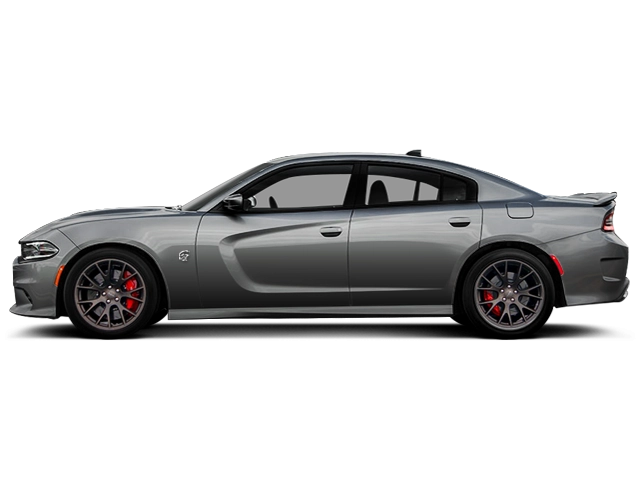2021 Dodge Charger Owner's Manual

Table of Contents
2021 Dodge Charger Overview
Introduction
The 2021 Dodge Charger blends classic American muscle with modern design and technology. With its aggressive stance and aerodynamic contours, the Charger demands attention on the road. This four-door sedan offers not only a bold aesthetic but also impressive performance capabilities, making it a favorite among enthusiasts and everyday drivers alike. Whether you're seeking a vehicle for daily commutes or spirited drives, the Charger's versatility makes it a top pick in the full-size sedan segment.
Powertrains
The 2021 Charger is equipped with a range of powerful powertrains that cater to different driving preferences. The base model features a 3.6-liter V6 engine delivering 292 horsepower, providing a balance of efficiency and performance. For those craving more excitement, the 5.7-liter HEMI V8 engine generates 370 horsepower, offering a thrilling driving experience. The Charger also boasts impressive performance variants with the 6.4-liter V8 engine producing 485 horsepower and the supercharged 6.2-liter HEMI V8, found in the legendary Charger Hellcat, delivering an astounding 707 horsepower. Each engine is paired with a smooth-shifting eight-speed automatic transmission, providing precision and responsiveness.
Trims
The 2021 Dodge Charger comes in several distinct trims to cater to a range of preferences. Starting with the SXT, it features keyless entry, a touchscreen infotainment system, and advanced safety features. The R/T trim introduces the powerful V8 engine, while the Scat Pack escalates the performance with sportier suspensions and enhancements. For the ultimate in performance, the Charger Hellcat combines luxury and raw power, making it one of the fastest sedans in the world.
Features
Interior comfort and technology are at the forefront of the Charger's design. The spacious cabin includes an 8.4-inch touchscreen with Apple CarPlay and Android Auto compatibility, allowing seamless smartphone integration. Available leather upholstery, heated front seats, and top-tier audio systems enhance the driving experience. Additionally, the Charger comes with advanced safety features like adaptive cruise control, lane departure warning, and blind-spot monitoring to keep drivers safe.
Owner's Manual
The owner's manual for the 2021 Dodge Charger serves as a comprehensive guide to maintaining your vehicle and maximizing its features. It includes essential information on routine maintenance, troubleshooting tips, and explanations of all technological features. With concise instructions and helpful diagrams, the manual ensures that owners have the tools they need for an exceptional driving experience with their Charger.
User manual download
The Dodge Charger owner manual for the 2021 model year is to be found in PDF downloadable format on this page. The owner manual for the model year 2021 is free and in English, but the repair manuals are usually not easy to get and may cost more.
Manual Questions
Fill the form below and someone will help you!

